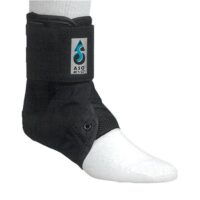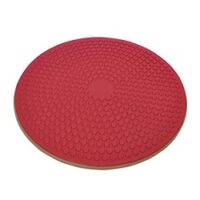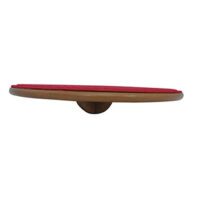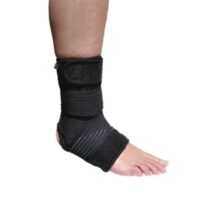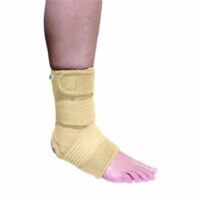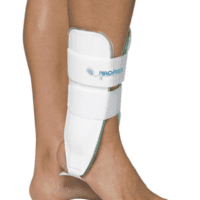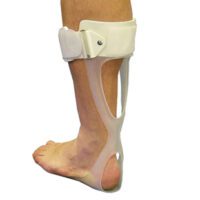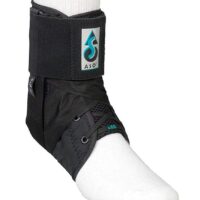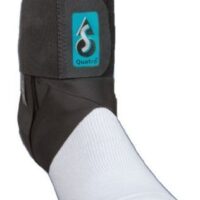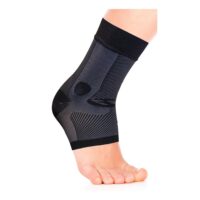Ankle Strapping
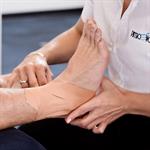
How to Strap an Ankle
Ankle strapping or taping is a valuable technique that can help prevent and passively support ankle ligament injuries, particularly sprained ankles. The primary goal of ankle strapping is to reduce the frequency and severity of injuries, providing stability and minimising the risk of damage.
Prevention is Key
Ankle strapping is crucial in professional sports, where clubs invest significantly in their players and cannot afford to lose them during the playing season. As a preventive measure, the strapping tape protects against ankle injuries. This strategy helps minimise any loss of performance time for players.
Choosing the Right Tape
The most commonly used tape for ankle strapping is rigid strapping tape, typically in a 38mm width. However, individuals with larger ankles may opt for a 50mm width for better coverage. It’s important to note that 25mm tape is generally too constrictive for ankle strapping.
Amateur athletes also risk ankle injuries. However, people often overlook preventive measures despite the potential consequences of time off work and medical expenses. The strapping tape becomes even more crucial, particularly in high-risk sports like football, netball, basketball, hockey, etc. The cost of prevention is usually far less than the value of treatment.
Different Strapping Techniques
There are several methods to strap an ankle, each offering a varying degree of ankle protection and flexibility for different sports. Some commonly used ankle strapping techniques include:
- Simple Stirrups
- Figure-6
- Figure-8
- Basket Weave
- Heel Locks
For more detailed information and guidance on ankle strapping techniques, it is advisable to consult a trusted physiotherapist who can provide personalised advice based on your specific needs.
Additional Information
- Sprained Ankle: A common ankle injury involving ligament stretching or tearing.
- High Ankle Sprain: A specific type of ankle sprain that affects the ligaments above the ankle joint.
- Rigid Strapping Tape: A type of tape commonly used for ankle strapping due to its stability and support.
Remember, this information serves as a general overview. It is always best to consult a healthcare professional or a qualified physiotherapist for proper assessment and guidance regarding ankle strapping.


